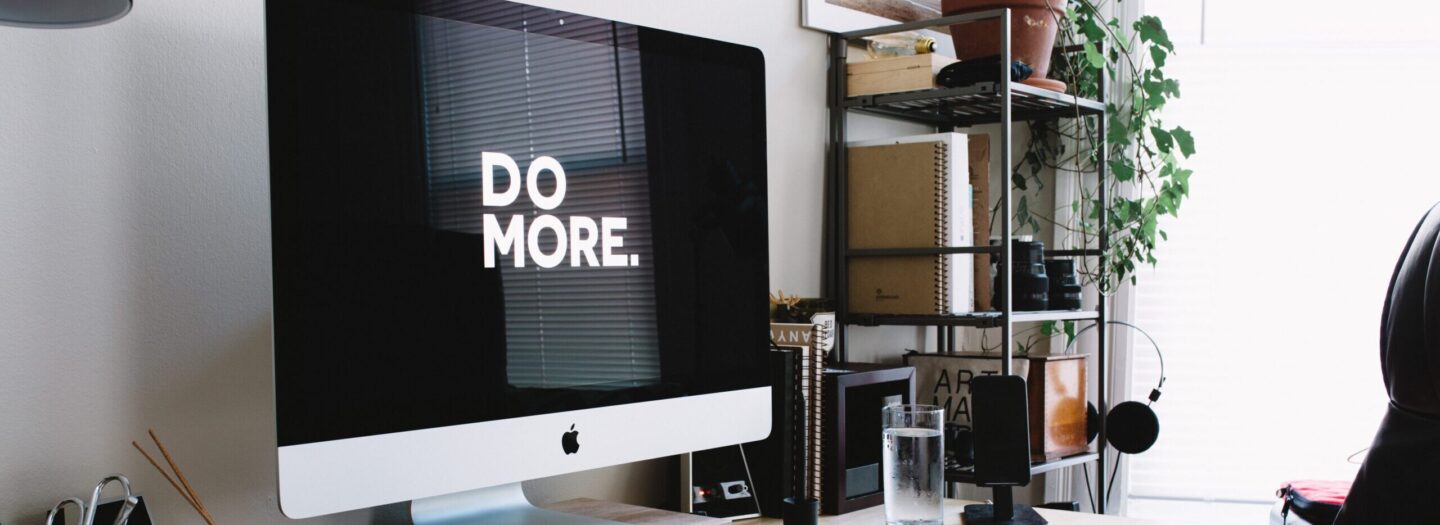This post was originally published January 29, 2019 and was updated February 2, 2022.
Is this new? Is this normal? Is this…supposed to be this way? The answers are maybe, possibly, and probably! Web design in recent years is taking a turn towards the unconventional, the misshapen, the fluid, and the curious. The team here at Accelerate Media is exploring some of the latest website design and digital marketing trends coming around the bend.
For years, internet marketing agencies and website design companies have pursued the perfect symmetrical website: factory-grade alignment, conservatively sized images, cookie-cutter shapes, and flawless organization. Designers normally want everything to line up neatly, to proceed in an obvious pattern, and to be as straightforward as possible. But will these trends continue? Not indefinitely, as the latest techniques taking the internet by storm go to show. Here are a few trends we expect to see on the rise in the near future.
Breaking the Grid is Expected
These will be the years of organic shapes and asymmetry. Websites with an asymmetrical design are also called “broken grid” sites. This simply means that the traditional grid system, used by web developers to make sure everything aligns perfectly, is being abandoned in favor of disjointed layouts.
Why move away from the standard grid structure? Because there is a growing desire to look unique and more accurately reflect the imperfections and randomness of the real world. Companies and consumers are both looking for something different.
The last few years saw a huge movement towards clean, minimalist websites (also referred to as “flat design”). You know, that whole “less is more” school of thought. As a company, Apple led the charge for minimalist web design.
White space and conservative shapes seem to have taken over the web design landscape. While minimalist design is still very popular and will continue to be, we are now seeing a shift towards more dynamic elements such as:
Fluidity Flows to the Forefront
Organic shapes and lines offer a sense of realness and approachability. They aren’t as rigid and cold as sites that adhere to a strict grid design. Asymmetrical lines mimicking shapes from nature and life such as puddles, ponds, and lakes can be more soothing and welcoming.
Overlapping design features also reflect life in the real world. Sometimes our space is infringed upon; sometimes we find ourselves a little too close to others; sometimes it simply feels like things are dropped right on top of us.
These intersecting facets of the human experience are now making their way into digital design. Stacking design elements can also create a three-dimensional effect that brings the images to life and enhances the overall aesthetic of the site.
Experimentation is Cool Again
We haven’t seen the last of minimalist designs or corporate memphis, but it is apparent that many designers are breaking out of their robotic shells and taking a more experimental approach than we’ve seen in recent years. Typography is getting wacky (in a good way). Navigation setups are getting a makeover.
Header areas are being reimagined. Grids are being broken. Subheaders and text areas are shifting and offsetting. Content areas are moving and overlapping. Creativity is back in style, and it seems that all design elements are fair game.
Got a question about your digital marketing? Curious to find out if an experimental website design is right for your business? Accelerate Media in Rochester, NY is ready to discuss your target market and conversion goals to determine the best digital advertising strategy for your business. Contact us today!
